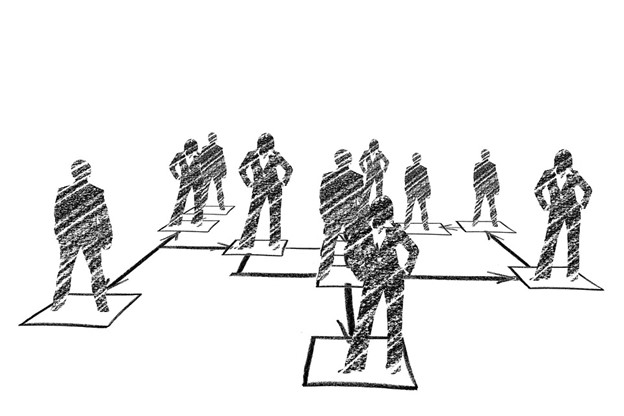
Why an Organizational Structure Designed to Promote Employee Engagement Matters
Findings from our organizational culture assessment tell us that most employees feel like their companies are in a constant state of organizational flux driven by the accelerating pace of organizational change and never-ending industry disruption. Sadly, most research points to less than 25 percent of organizational restructurings producing the desired results. When employees are unclear about their strategic priorities or feel like decision-making is frustrating, their level of employee engagement plummets.
How We Define Organizational Structure and Redesign
Organizational structures outline how specific activities are handled and by whom in order to realize a company’s strategic objectives. Organizational redesign involves changing how work gets done. Done right, organizational design entails the thoughtful integration of organizational structures, systems, processes, practices, roles, and belief systems to support the desired ways of working. Done wrong, organization structures stifle innovation, collaboration, and strategy execution.
When an organizational design is aligned with a company’s people and business strategies, everyone is primed to execute and deliver them together with higher levels of workplace transparency, cultural collaboration, and organizational accountability.
A Note About Hierarchical Organizations
For a time, hierarchical organizations had a bad rap; they gained a reputation for squelching creativity and silencing differing opinions. More recently, however, studies show that the “right” kind of hierarchy creates the necessary clarity to help teams make better decisions faster.
One study of the National Basketball Association (NBA) found that organizational hierarchy is particularly beneficial for interdependent tasks (e.g., basketball) but can harm team performance for procedurally independent tasks (e.g., baseball). So, if your strategy requires the cross-functional collaboration and expertise, hierarchical clarity and differentiation can lead not only to better performance, but also to improved employee engagement through more cooperative and mutually beneficial relationships.
The Undisputed Value of Engaged Employees
Our employee engagement survey data shows that engaged employees drive 8% greater productivity, 12% higher customer satisfaction, and 51% less voluntary turnover. It is clear that employee engagement has a great impact on business success. To us, it feels like leadership malpractice to create an organizational structure that negatively impacts the loyalty, discretionary effort, or intent to stay of your top talent.
Key Traits of an Organizational Structure Designed to Promote Employee Engagement
We believe that, if thoughtfully constructed, an aligned organizational structure can absolutely encourage innovation, promote productivity, and support high levels of employee engagement. Just remember that each organization has a unique mix of strategies, cultures, and talent that must be treated accordingly. There is no silver bullet org structure that will increase employee performance or engagement.
In fact, Fortune magazine recently reported that other than having what they called a “flexible operating model,” the organizational designs of its Most Admired Companies varied greatly. With that said, here are three overall key traits of a flexible org structure designed to promote performance and employee engagement:
The Bottom Line
How your company is organized has a major impact on what it’s like to work there. Your organizational structure can directly promote or undermine employee engagement which can directly help or hinder your people and business strategies.
To learn more about how to set your people up for success, download The 3 Levels of Culture that You Must Get Right to Create Higher Performance
Explore real world results for clients like you striving to create higher performance